Permanent makeup artists specialise in enhancing facial features through the application of semi-permanent pigment, commonly referred to as cosmetic tattooing or micropigmentation. They work closely with clients throughout the entire process — from the initial consultation to post-procedure care — ensuring each treatment is safe, personalised, and results-driven.
These professionals blend their expertise in skin science, colour theory, and cosmetic artistry to create natural-looking enhancements that reduce the need for daily makeup. Their key responsibilities include:
Efficient appointment scheduling is vital to managing client flow and maximising productivity. Permanent makeup artists must be organised and flexible, coordinating sessions based on procedure type, healing time, and follow-up needs.
Before starting any procedure, the artist conducts a detailed consultation to explain the process, expected outcomes, and possible risks. Educating clients about healing time, aftercare, and long-term results helps set realistic expectations and builds trust.
Each client’s skin is carefully examined to assess tone, type, and elasticity. This helps determine the best technique, placement, and pigment choice to ensure long-lasting, flattering results that age well over time.
Choosing the right pigment is crucial. Artists use their understanding of colour theory to match the most suitable shades for eyebrows, lips, or eyeliner. In some cases, patch tests are done on other areas to observe how pigments settle before full application.
Sanitation is a top priority. Artists sterilise all tools, disinfect the workspace, and prepare the client’s skin to prevent infection and ensure a safe, hygienic environment.
Using precision tools such as fine needles or microblades, the artist carefully implants pigment into the skin. The goal is to build up colour gradually over one or more sessions, ensuring a natural, balanced appearance that enhances the client’s features.
Clients receive detailed aftercare instructions to support healing and protect their results. This includes guidance on cleansing, moisturising, reducing irritation, and recognising signs of potential complications.
Although considered long-lasting, permanent makeup can fade due to factors like sun exposure, skincare products, or skin type. Artists offer touch-up sessions to refresh pigment and maintain the desired look over time.
By combining technical skill with artistic insight and client care, permanent makeup artists play a vital role in helping individuals feel confident, polished, and ready — without daily makeup routines.
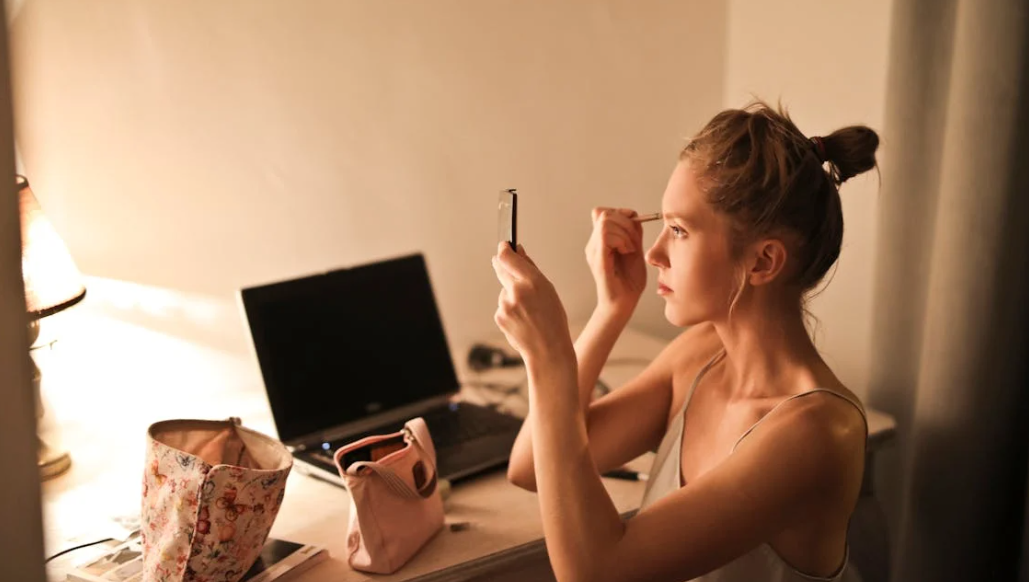




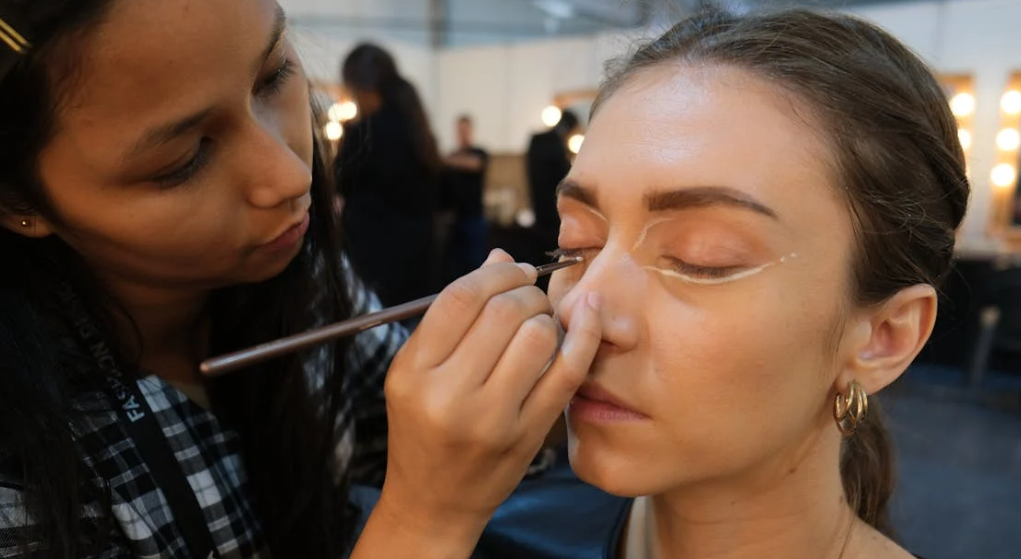
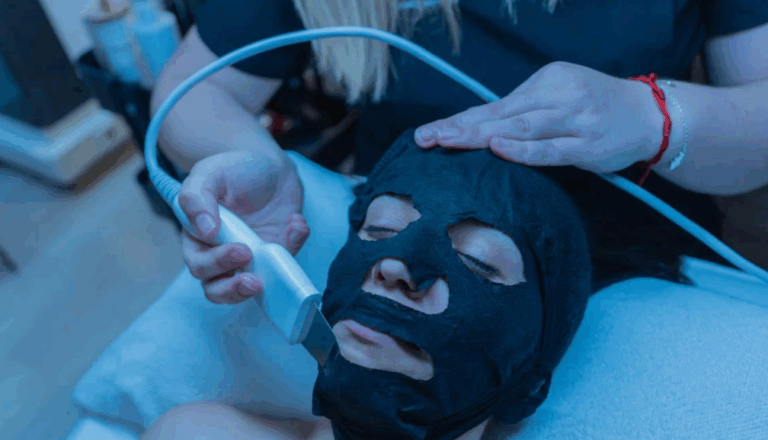 " alt="Microdermabrasion Training: What to Expect & How to Get Certified" />
" alt="Microdermabrasion Training: What to Expect & How to Get Certified" />
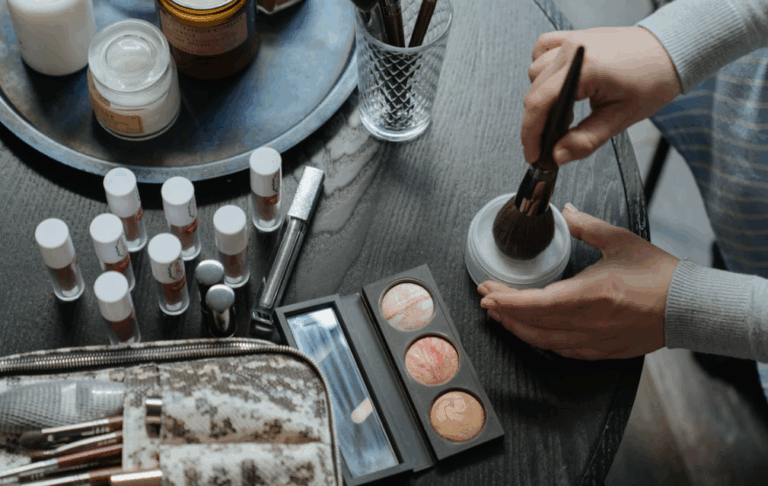 " alt="Permanent Makeup: A Step-by-Step Guide to Starting Your Career" />
" alt="Permanent Makeup: A Step-by-Step Guide to Starting Your Career" />
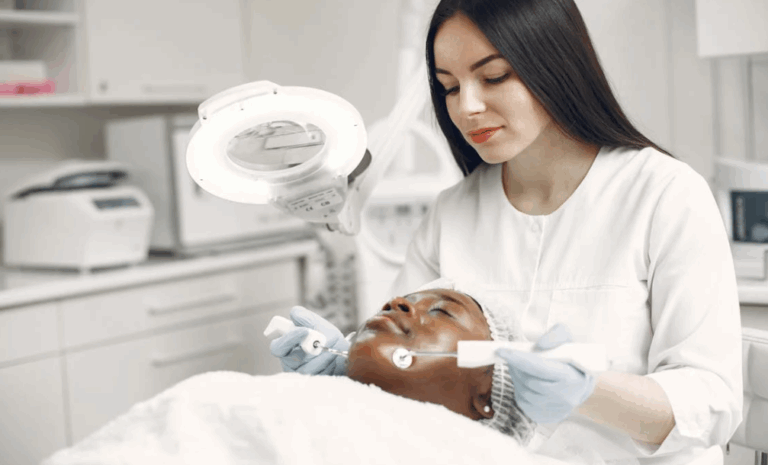 " alt="Skincare Specialist Salary: How Much Can You Earn in 2025?" />
" alt="Skincare Specialist Salary: How Much Can You Earn in 2025?" />